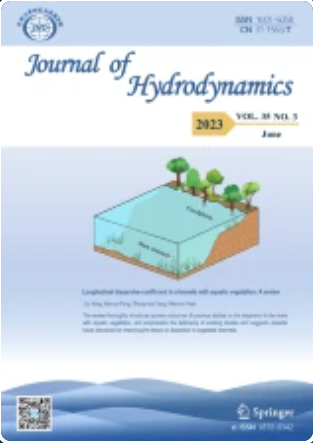The effect of rotation-curvature correction and inviscid spatial discretization scheme on the aerodynamic performance and flow characteristics of Darrieus H-type vertical axis wind turbine (VAWT) are investigated based on an in-house solver. This solver is developed on an in-house platform HRAPIF based on the finite volume method (FVM) with the elemental velocity vector transformation (EVVT) approach. The present solver adopts the density-based method with a low Mach preconditioning technique. The turbulence models are the Spalart-Allmaras (SA) model and the k-ω shear stress transport (SST) model. The inviscid spatial discretization schemes are the third-order monotone upstream-centered schemes for conservation laws (MUSCL) scheme and the fifth-order modified weighted essentially non-oscillatory (WENO-Z) scheme. The power coefficient, instantaneous torque of blades, blade wake, and turbine wake are compared and analyzed at different tip speed ratios. The extensive analysis reveals that the density-based method can be applied in VAWT numerical simulation; the SST models perform better than the SA models in power coefficient prediction; the rotation-curvature correction is not necessary and the third-order MUSCL is enough for power coefficient prediction, the high-order WENO-Z scheme can capture more flow field details, the rotation-curvature correction and high-order WENO-Z scheme reduce the length of the velocity deficit region in the turbine wake.


